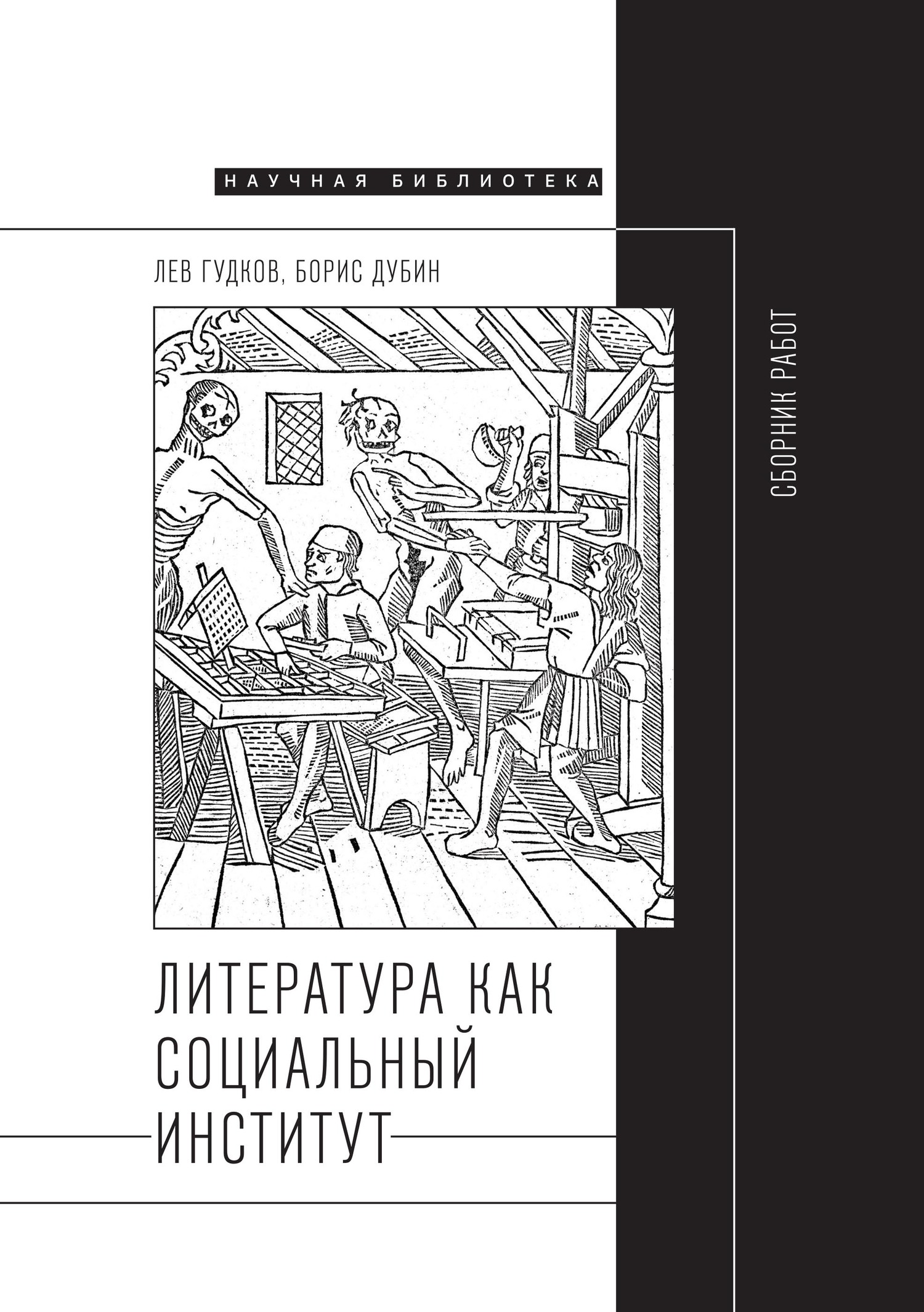Шрифт:
-
+
Закладка:
Сделать
Перейти на страницу:
Книга посвящена самой ранней традиции восприятия Иисуса, традиции, сохранявшейся в рассказах его учеников, которые передавались из уст в уста. Учитывая особенности устной коммуникации, автор подчеркивает значение веры в Иисуса — в противовес «историческому» подходу, недооценивающему значение веры, сконцентрированному исключительно на критике письменных источников и представляющему своего исторического Иисуса как якобы единственно аутентичного. Книга вносит необходимые поправки в исторические исследования, связанные с личностью Иисуса. Это разностороннее введение в изучение Иисуса и Евангелий написано доступным живым языком и может быть рекомендовано не только студентам-богословам, но и широкому кругу читателей.
Перейти на страницу:
Еще книги автора «Джеймс Д. Данн»:





